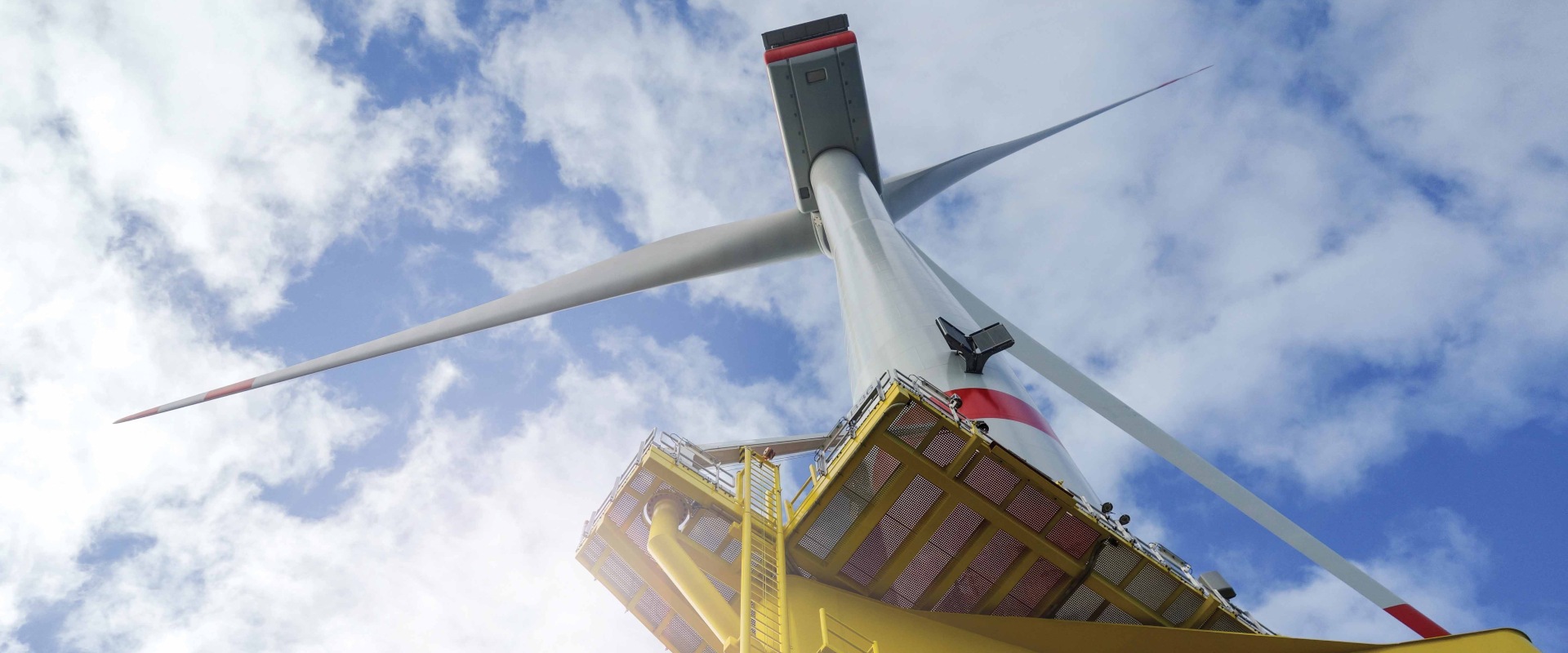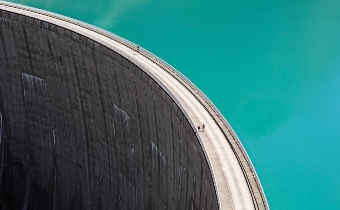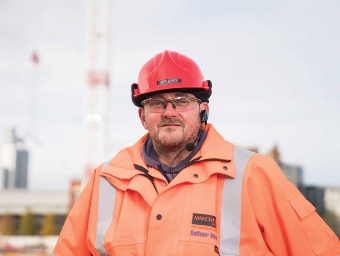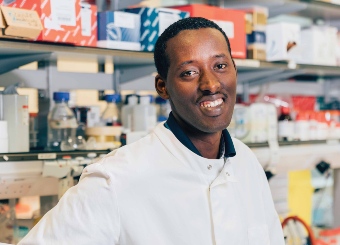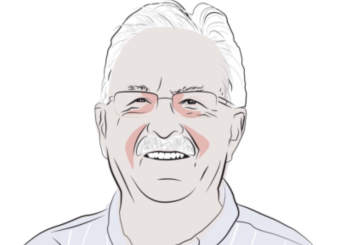When it comes to energy, offshore appears to be the direction the wind is blowing. Researchers at The University of Manchester are exploring the full breadth of this sustainable and cost-effective energy source.
Back in 2010, just 0.8% of energy generated by the UK came from offshore wind. By 2017, it accounted for 6.2%. It’s expected to reach 10% next year.
Meanwhile, the cost of wind energy production continues to fall. The sector is producing increasingly large projects at lower costs and creating jobs across the UK. In March the government launched its Offshore Wind Sector Deal, which includes a pledge to increase the share of electricity coming from offshore wind to nearly a third by 2030.
And then there are the environmental credentials. “Lifecycle assessment shows that wind has one of the lowest carbon footprints of all energy technologies,” explains Dr Laurence Stamford, Lecturer in Sustainable Chemical Engineering at Manchester. “It also has some of the lowest impacts for other issues like photochemical smog creation, ozone-layer depletion and acidification.”
Offshore wind has the potential to become one of the UK’s preferred sources of energy and to make the UK a global leader in this field – and Manchester is helping to drive this innovation. As one of its five research beacons, energy is a core focus for the University – both in terms of research and industrial development.
Here are just three examples of how work at Manchester is contributing to offshore wind’s continued success.
Lifecycle assessment shows that wind has one of the lowest carbon footprints of all energy technologies.
SUPERGEN ORE Hub
“It all started with the University being involved with a project called SUPERGEN Wind, which became the Wind Hub,” remembers Professor Mike Barnes, a researcher in the Faculty of Science and Engineering. “Manchester was a major partner of the project in a number of fields including materials and electrical.”
The project was funded by the UK Engineering and Physical Sciences Research Council (EPSRC), and linked up the country’s research and knowledge of offshore wind. At the heart was a drive to develop computer models that electricity network operators could use to learn how to control the energy generated by large-scale windfarms.
In 2006 when the SUPERGEN Wind programme was established, it was estimated that between two-thirds and three-quarters of the costs of windfarms were upfront. The Hub has played a vital role in bringing down the upfront costs of setting up an offshore windfarm – critical to the industry’s success.
Today, SUPERGEN Wind has expanded to encompass both wind power and marine energy. The SUPERGEN ORE (Offshore Renewable Energy) Hub focuses on a range of different research challenges that the offshore wind sector still needs to overcome to harness its true potential. Dr Tim Stallard, Reader in Offshore Renewable Energy at Manchester, will continue the Hub’s work on integrated modelling.
HOME Offshore
While the cost of key elements such as wind turbines has fallen, operations and maintenance remain a significant outlay. Today, the vast majority of operation and maintenance cost – between 80% and 90% according to the Crown Estate – is spent getting engineers and technicians to sites safely.
Headed by Professor Barnes and funded by the EPSRC, HOME Offshore is a partnership between five UK universities seeking to address these challenges.
“There’s a skilled workforce that’s ageing and no longer able to access those offshore sites. How do we work with that?” asks Professor Barnes. “The answer is to start working with big data, artificial intelligence, robotics and advanced modelling techniques to try and better schedule the maintenance.”
Central to this has been research into how offshore windfarms can be monitored and maintained remotely – to reduce costs but also keep workers safe. “At present, the standard way to check erosion on a turbine blade is to stop the turbine, helicopter someone out where they have to abseil down the blade. They then have to take photographs to diagnose the problem,” explains Professor Barnes.
“What we’re proposing is that we forget all that and have someone come along and carry out that investigation with a drone.”
This, however, still requires someone to operate a drone from a boat in potentially choppy conditions. The researchers are therefore testing ways to automate the drone’s activity by using a virtual environment to pre-program the scan.
Manchester is the best place in the UK to do this stuff as we have a little bit of every discipline here.
The Henry Royce Institute
The Henry Royce Institute, home to some of Europe’s best X-ray imaging facilities, is another hub of activity. The UK’s national institute for advanced materials research, with its base in Manchester, is a partnership of nine universities and organisations that are leading work around the imaging of damaged wind turbine composites.
Professor Phil Withers, Chief Scientist at the Royce, is a world-leading authority on residual stress and its effects on a range of materials. “The trend of moving to larger and larger wind turbines is pushing the design envelope of glass and, increasingly, carbon fibre composites,” he says.
“We have been using the X-rays in our Henry Moseley X-ray Imaging Facility to examine, non-destructively and in 3D, the accumulation of fibre fractures during the high-cycle fatigue life of the unidirectional composites designed for wind turbines.”
Armed with this information, Professor Withers and his team are confident they can contribute toward the longevity and reliability of offshore power generators.
“This will help to ensure that bigger, more effective wind turbines can be safely introduced,” he explains.
The perfect place
While Manchester may be miles from the sea, Professor Barnes believes that it’s the perfect place for this research.
“Manchester is the best place in the UK to do this stuff as we have a little bit of every discipline here,” he concludes. “If you want to discuss your ideas or get an expert opinion, you just walk down the corridor.”
Energy is one of the University’s research beacons.

